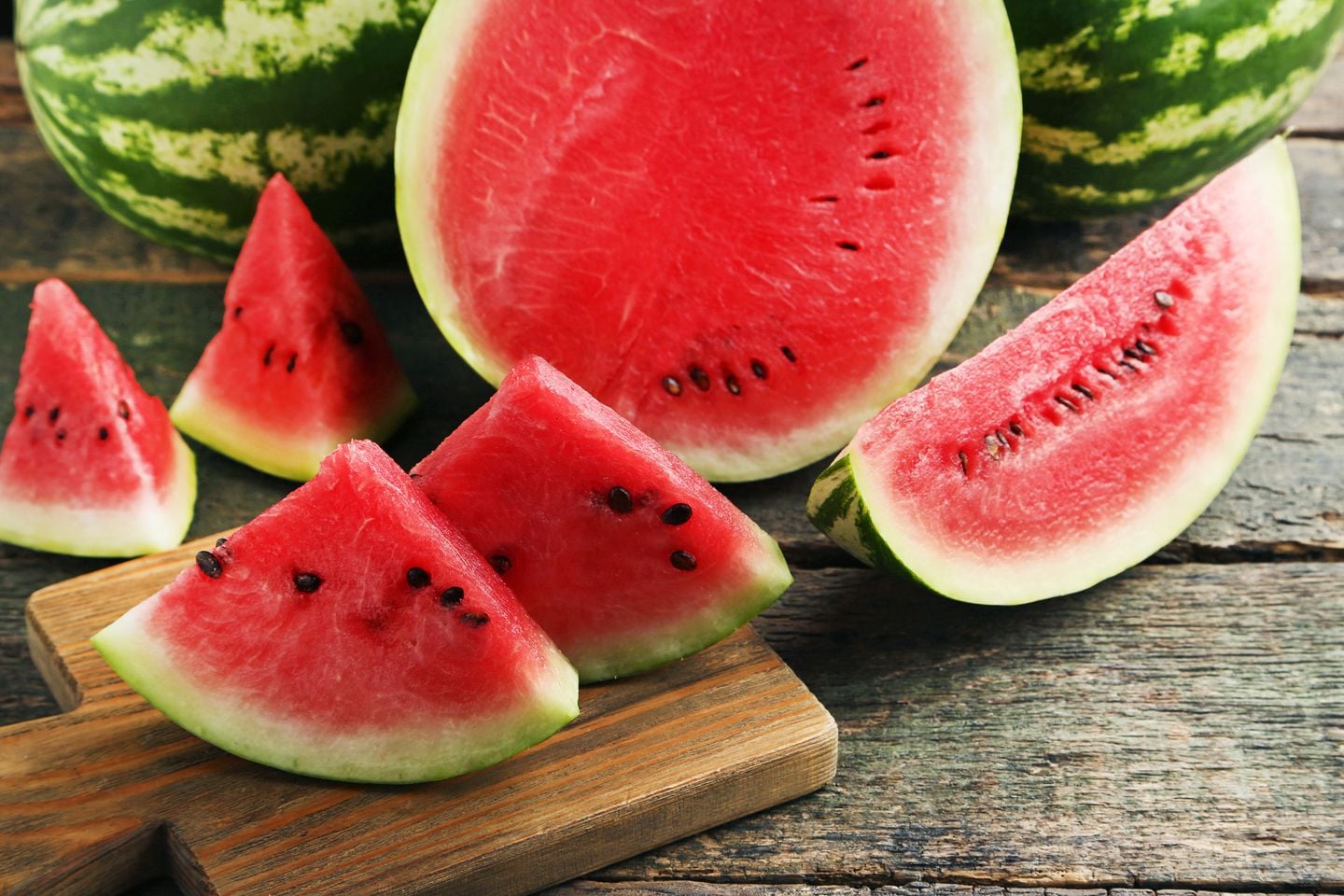Traces of the watermelon cultivation are found since ancient Egypt and all around the Mediterranean. This fruit needs a warm environment to grow and reach full maturity, which is why its cultivation has developed in hot countries, especially in Africa. It is also widely cultivated in the United States, where it is often associated with the emancipation of black slaves. Once free, these latter cultivated watermelon.
Watermelon is grown on Harch and Triss soils at altitudes ranging between 1,100 and 1,300 meters. The Meslagh variety is produced along the Meslagh river in the commune of Sidi Boutalayb in the province of Boulemane. The watermelon sector occupies a total land area of 4,450 ha for an annual production of 165,050 tonnes.
Meslagh watermelon is characterised by its sweet taste with a firm and crunchy texture; juicy and granulated. It is mainly consumed as a dessert or juice. The greater the weight of the fruit, the more one can say that the fruit has reached maturity. The watermelon should sound hollow when struck lightly; a sign that it will have a pleasant taste.
In Morocco, watermelon is cultivated in the central and southern regions of the country, with a concentration in the region of Marrakech-Tensift-Al Haouz (37%) and in Souss Massa (19%). Watermelon cultivation thrives at high temperatures. However, the highest yields are recorded in the Gharb region thanks to its water availability and its favourable pedoclimatic characteristics.
